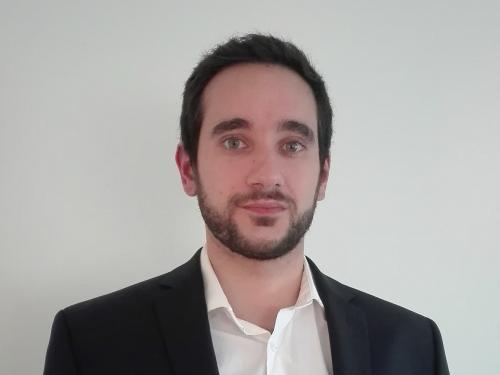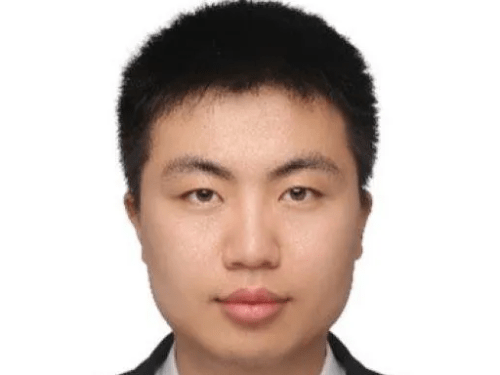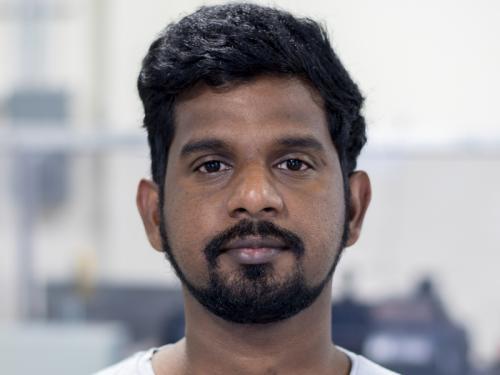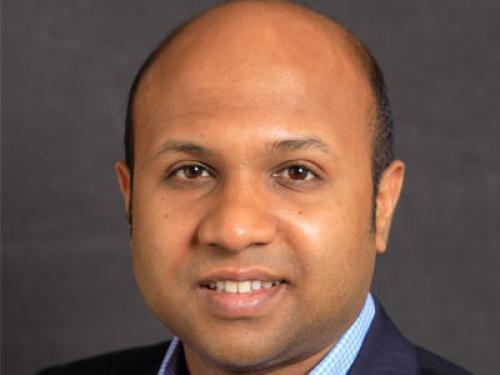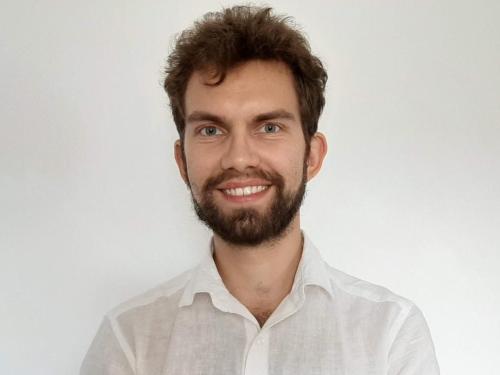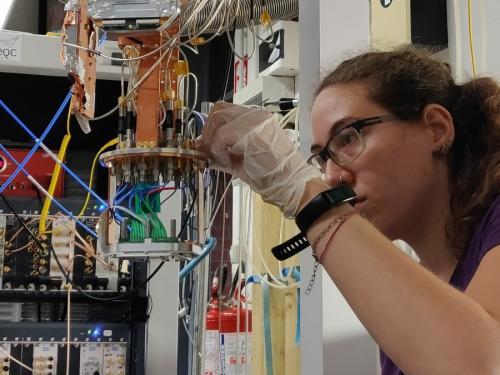
Superconductivity Talks is our new virtual webinar series that showcases Young Professionals across different superconductivity disciplines. Selected Young Professionals will give virtual talks to the superconductivity community about their research and interests. This webinar series is a great way to learn about other YP research, network with other professionals within and across different superconductivity fields, and also get experience presenting!
Our first talks series encompassed fantastic talks from some of our YP members. We’ve had talks on “Boosting Superconducting Electronics with the Josephson Effect”, “Scaling Laws for Ion Irradiation Experiments in Iron-Based Superconductors (IBS)” and “Design & Modeling of a Non-Planar REBCO Coil for Stellarators”.
Upcoming Superconductivity Talks
Stay tuned for our 2025 talks


